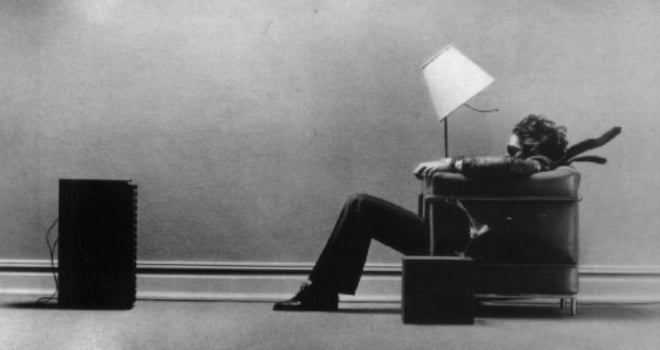The European Commission has ruled that EU countries must allow operators to use the spectrum they already own in the 900 MHz and 1800 MHz bands to roll out 4G networks, in this case LTE or WiMAX. This is a fairly significant decision for multiple reasons. First, the LTE networks that are already live in the EU use either the 2600 MHz band, as seen in Sweden, or the 800 MHz band, otherwise known as the digital dividend band, so is another two bands going to help when it comes to creating a continent wide standard for LTE in much the same that 2100 MHz is today for 3G? Second, for operators who already spent millions on spectrum in the 800 MHz and 2600 MHz bands, don’t you think they’re a little ticked off since they would have rather used that money for buying infrastructure gear? Third, the governments that were expecting to make money off their upcoming spectrum auctions, are they now going to make less because operators are just going to use what they already have?
At the end of the day though the winner is of course the consumer. The EU has set of target of giving access to a minimum 30 Mbps connection to every European by 2020, with 50% of those having 100 Mbps or more. This new legislation, which all countries must adopt by the end of this year, is going to make that happen. In Europe the 900 MHz and 1800 MHz bands are used for 2G networks, but several countries have allowed something called “refarming” that allows operators to also roll out 3G networks on the same spectrum. Now every EU country has to allow refarming, and operators will have a choice of using 2G, 3G, or 4G technology with the spectrum they already own, so it’ll be interesting to see how they position themselves in the market. You’ll have your bleeding edge operators, like TeliaSonera in Sweden, who push out the latest networking technology as soon as possible, and then operators like Yoigo in Spain, who is owned by TeliaSonera, but is marketed as a low cost alternative.
[Via: PhoneScoop]
